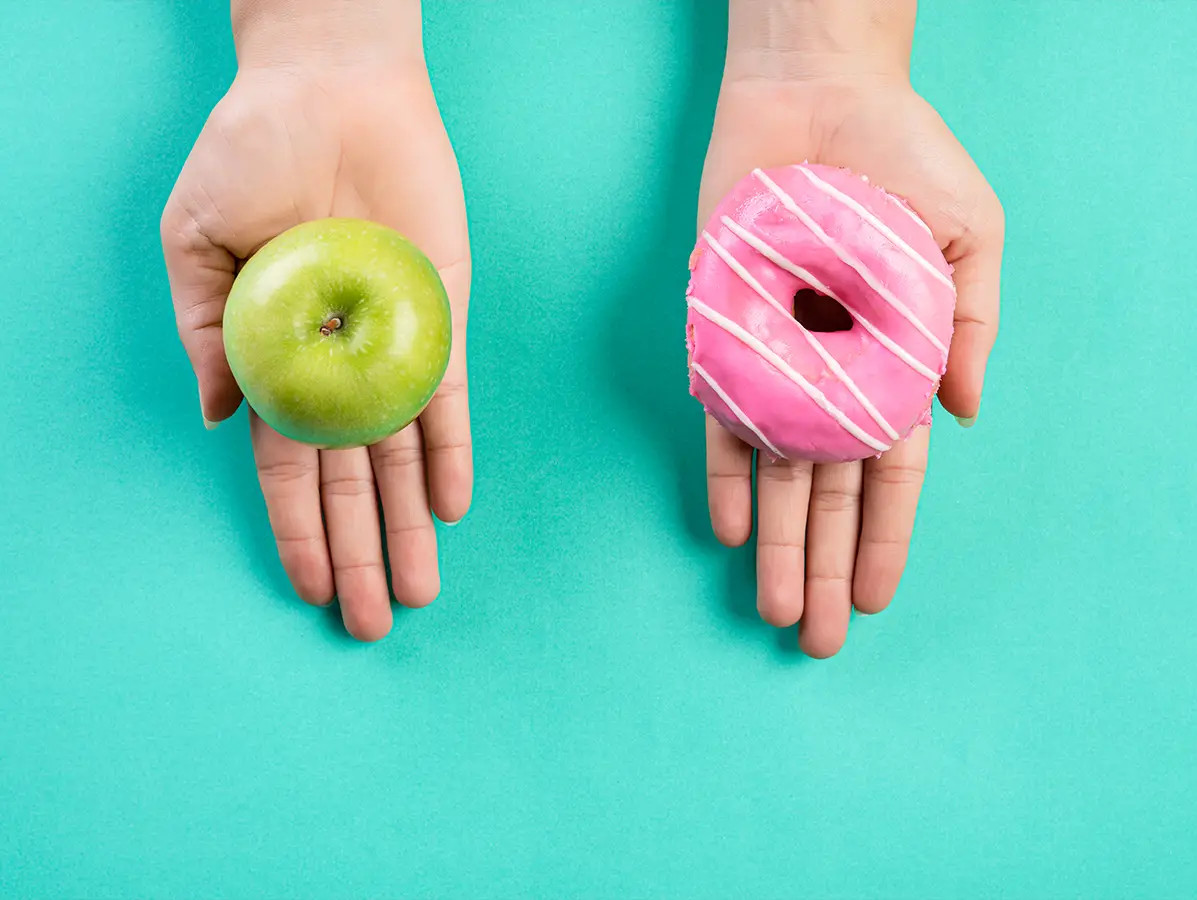
Six months of reduced sugar intake, yet the craving for sweet food remains. That’s the striking outcome of a large-scale study by Wageningen University & Research into taste preferences. PhD candidate Eva Čad concludes: “Our preference for sweet turns out to be more persistent than expected.”
The 180 participants received home-delivered breakfasts, lunches and snacks with varying levels of sweetness. From plain yoghurt to fruity varieties, and from savoury spreads to sweet peanut butter. For six months, they followed a set dietary pattern: low, medium or high in sweetness.
During taste tests, they assessed products like cake, custard and lemonade in five levels of sweetness. Researchers asked how sweet the products tasted and how much the participants liked them. Their ratings changed hardly at all. “I expected preferences to shift,” Čad says. “But that didn’t happen.”
The idea that eating less sugar would reduce the desire for sweet foods takes a serious hit. “Our study shows that this is probably not an effective strategy for public health,” says Monica Mars, associate professor of Human Nutrition and Health. Even those in the high-sweetness group didn’t enjoy sweet foods more.
Participants were unaware of the study’s purpose. Each group was evenly balanced in terms of gender, age and BMI. They received clear instructions, kept a food diary and had regular contact with a dietitian. Urine samples confirmed the sweeteners had indeed been consumed. “That gave us confidence participants actually ate the supplied products,” Čad says.
Source: Wageningen University & Research